Future of television / Global
Full focus
If TV is now a battle for eyeballs, who are the generals directing the fight? We take the temperature of three leaders in different fields: current affairs in Taiwan, mafia-worrying drama from Italy and sumptuous subtitled drama from Germany (via the US). What binds them together? They are the future of TV.
1.
Talk to Taiwan
Taipei
Small, super-connected Taiwan is a laboratory for future media and this high-quality head-to-head political interview show, only broadcast online, represents a brave new small-screen world of talking truth.
With political news coverage around the world reliant on soundbites and the received wisdom of so-called experts, Talk to Taiwan is television’s answer to the long-form read but with a new-media twist. This hour-long political talk show, streamed online, features a Frost/Nixon-style interview between presenter Chang Tieh-chih and a prominent politician; it takes on the meaty issues of the day and gives traditional media a kick up the behind. “People in Taiwan are dissatisfied with the standard of television news,” says Chang, a prominent Taipei-based journalist. “We don’t have a serious TV programme about politics or policy. Most of them consist of a panel of meaningless talking heads, with cheap production and bad lighting.”
The second series of the programme ended in May with an appearance by Taiwan’s new culture minister, Cheng Li-chun. Chang, a music aficionado, pressed her on what the government’s role should be in supporting the arts (the previous Kuomintang administration was criticised for subsidising a concert by an established pop star). The creative industries are a hot topic in Taiwan, with the domestic cinema and music businesses facing competition from both China and the South Korean entertainment industry. His questioning style is firm without trying to unsettle his guests or stray into sensationalism, an accusation he levels at the mainstream competition.
“We want to inform; they just want to inflame a partisan fight,” says Chang, who prepares the questions for each guest with a researcher from the other side of the political spectrum.
Programmes go on air several minutes early so that viewers can see the build-up behind the scenes. Prior to broadcast the show publishes an infographic to introduce the policy issues to be discussed and viewers of the live broadcast can submit questions. “We are trying to deconstruct the boundaries between the show and the audience,” says Chang, who appears shoeless on screen, as does his ministerial guest. The pair are required to leave footwear at the entrance to the unconventional studio: the programme goes out from Boven, a cosy magazine library in the charming Da’an district of Taipei, which closes early on Thursday evenings for filming. As the show progresses it begins to feel like a conversation Chang is having in his living room. The host knows he can’t get too comfortable though: his production team have been known to use the teleprompter to remind the 45-year-old to hold his stomach in on screen.
“I wanted to change the talk-show look and feel so I emailed a cinematographer called Ming Jia who used to do stills photography. I love his style – it has a very warm feel – so I invited him to be a part of the show,” says producer Johnason Lo, who also runs his own creative studio: JL Design. The impetus for Talk to Taiwan emerged during early campaigning for the presidential elections last year, when Lo and several of the show’s creators grew frustrated by the lack of serious debate. The first episode – an interview with Taipei’s mayor Ko Wen-je – went out three weeks later. In the interval Lo teamed up with designers, media entrepreneurs, academics and political advisers to produce the show’s smart visual brand and grown-up content.
Chang now hosts another show on public television but he almost ended up in the hot seat himself after being tipped to become culture commissioner for Taipei’s city government. “To me it’s all public service,” he says, adding that he would have appeared as a guest had his career taken a political turn.
Nonetheless, the host only gets to ask the tough questions on screen. Soon after each show airs, Chang’s interrogation of his guests is hotly debated by the production team during gruelling reviews that can last until midnight. The main criticism he faced after the season finale was for not pressing Cheng on the detail; a far more thorough post-mortem will take place before the third series begins later this year.
The challenge now is to reach a wider audience. Discussions are underway with mainstream television networks and Netflix-type streaming channels but everyone is determined to remain true to the original concept. “We’re not in a hurry,” says Chang. “We’ve established our credibility and basic tenets after two seasons and we’re inspiring people to do things differently.”
2.
Roberto Saviano
New York
Saviano changed the rules of what you could write about by exposing the dealings of the mob. He now has a real sense of the power of TV: since ‘Gomorrah’ he’s been on the run.
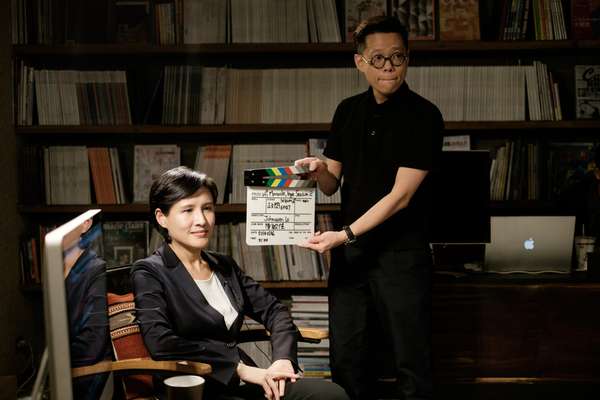
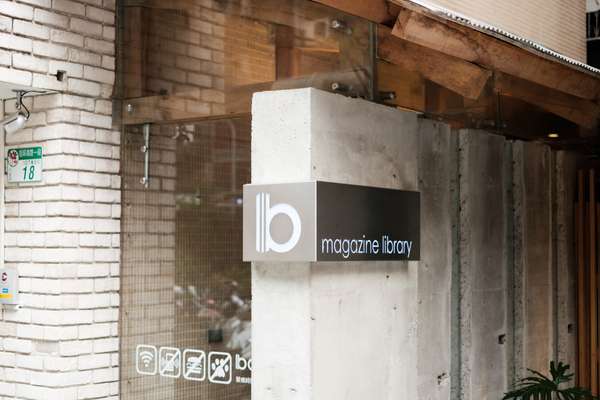
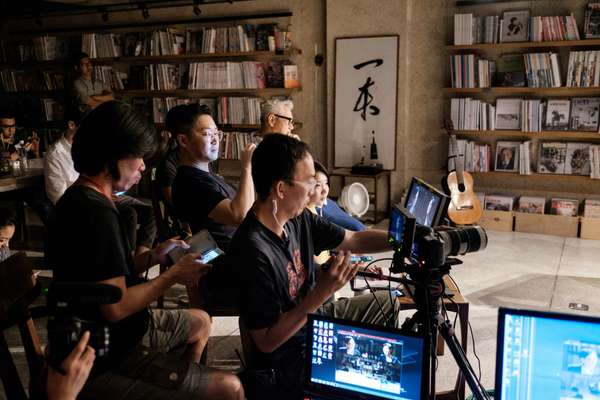
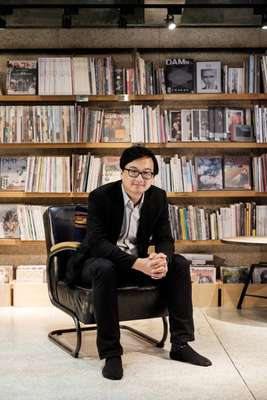


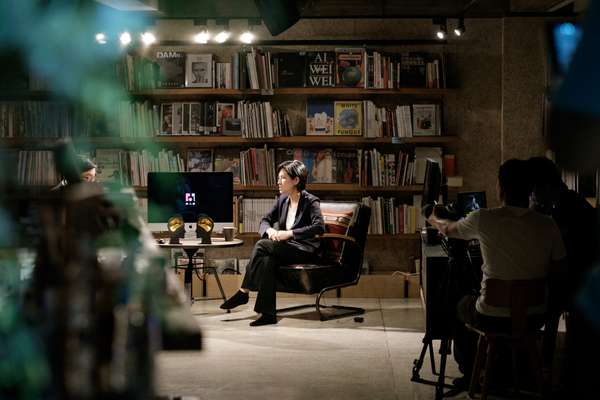
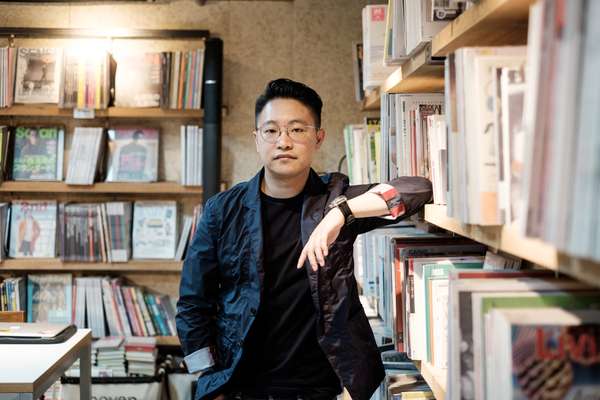


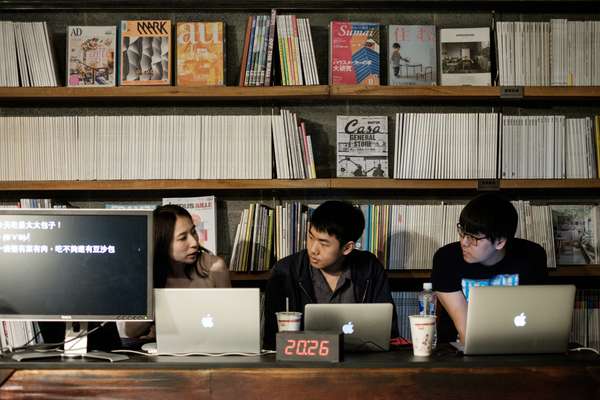

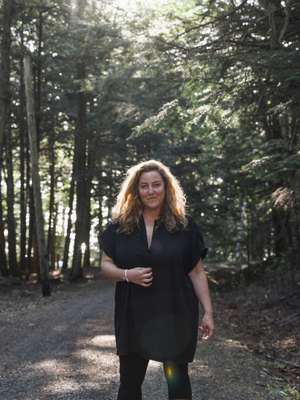
Ugly, gritty, fiercely violent: Gomorrah is the Italian television series based on the eponymous book by Roberto Saviano, an eye-opening 2006 non-fiction novel that became the ultimate anthology on the Camorra, the brutal Neapolitan mafia.
The series is an unfiltered account of the Savastano clan. Its control over the territory and its international dealings are woven into a narrative that is a stranger to forgiveness and sympathetic characters.
“I focus on feelings. I don’t want the right distance from the story but the right closeness,” says writer and creator Roberto Saviano as he sips his coffee slowly like a proper southern Italian gentleman relocated to New York. He recently travelled to the UK to give a speech on mafia corruption and money laundering; fortunately he seems as passionate about screenwriting as he is about exposing the routes taken by laundered money and cocaine.
“The non-fiction novel genre has favoured the TV adaptation because it portrays verified information in a compelling style, making the audience live the moment,” he says.
Following director Matteo Garrone’s film version of Gomorrah – the Grand Prix winner at Cannes in 2008 – Saviano’s series (mostly in thick Neapolitan dialect) became the most popular all-time debut on Sky Italia and was the top Italian television export by the time the book’s 10th anniversary rolled around.
Though resolutely modern, Gomorrah taps into the Italian taste for giallo, the pulp crime-mystery novels and their picturesque TV adaptations complete with breathtaking views of the Tyrrhenian Sea, freshly ironed blood-stained shirts, mysterious widows and lots of espresso. It comes with history: from the hit series La Piovra in the 1980s through the 1990s Sicilian detective series Commissario Montalbano to the more recent Il Capo dei Capi and Romanzo Criminale, criminal investigation and mafia power struggles have proved compelling to viewers.
“Some may think that we have written certain stories to shock the audience but most episodes are drawn from real events,” he says. “That protects us against accusations of exaggeration. In many cases we worry that if we portray the stories completely realistically we won’t be believed – because the level of mafia brutality is even greater than people think. La realtà supera la fantasia.”
The series was sold in 150 countries by Beta Film. In Italy the series is so popular that Neapolitan phrases have entered the popular lexicon – something that would have been unimaginable to Saviano when he first filed Gomorrah to his publisher at the age of 26. Now Gomorrah 3 is in the making and a fourth series has also been commissioned.
“I think that series is so popular because it allows audiences to explore a topic in depth. In films about the mafia, even in the case of long-form masterpieces such as The Godfather, there is not enough space to show the mechanisms of power and corruption.” Saviano knows those mechanisms first-hand: Gomorrah’s astronomical book sales led to death threats from the Camorra and he now lives under constant surveillance.
“We are so fascinated by crime series because they portray our lives without any filters,” he says. “Clashes in our daily lives are just as violent as the mafia wars.” It’s an insightful take on his art but today, as we wait for his security to pick him up from the hotel, he seems both wise man and powerless child at once.
‘Gomorrah’ in numbers
Cinema box office (2008): €31.2m
Average Italian TV audience per episode: 700,000
Export TV audience: Average of 950,000 viewers on Canal+, making it the country’s most successful non-French European debut.
Overseas reach: Sold in 150 countries
3.
Anna Winger
Maine
The global hit German-language drama ‘Deutschland 83’ had an eye for forensic detail in its fast, furious pacing. After half a life looking in, its writer is looking ever outward to expand the franchise.
Anna Winger, the creator of German TV’s hit period drama Deutschland 83, was born in Chicago to British and American anthropologist parents before growing up in Kenya, Massachusetts and Mexico (we shot her in Maine) and eventually becoming a professional photographer.
It wasn’t until she moved to Berlin in 2002 that Winger became a writer, first with her novel This Must Be the Place, published in 2008, then as an essayist for The New York Times before taking on television. “Screenwriting brings together novel-writing and photography, everything I did before,” she says. “It was the same storytelling impulse, just in a different medium.”
She created Deutschland 83, a colourful espionage romp about a young East German spy sent to the West for the HVA, the foreign-intelligence arm of the Stasi. It debuted on German commercial broadcaster RTL in November 2015.
Winger never expected to write for the small screen. “When I was at film school I was taught by eastern European directors, watching Hitchcock films frame by frame. Nobody was even watching TV, let alone making it. We thought TV was for hacks who did what they were told.”
These days, she is influenced by Nordic dramas such as Forbrydelsen (The Killing) and Borgen, as well as American premium cable series such as The Wire. “The impulse to write television came from Scandinavian shows,” she says. “Germany doesn’t have the same tradition of quality TV and they don’t make the same kind of serialised shows that are made in the US, UK or Scandinavia.”
She wrote scripts for Deutschland 83 in English before her television-producer husband Jörg Winger, who runs German production company UFA Fiction, translated it into German. “We live in a cross-cultural world and this show reflects that,” she says. “It has an American sensibility, such as the smalltown hero who saves the world, but it’s also a fun German adventure.”
The show has travelled widely, having been sold to broadcasters SundanceTV in the US, Channel 4 in the UK, France’s Canal+, Channel One in Russia and Stan in Australia. It will be followed by Deutschland 86 and potentially Deutschland 89; Winger says she wanted to approach the show in the same way as Shane Meadows’ gritty drama series This is England.
Winger is writing the new series in her office in the former Tempelhof Airport, which, in addition to hosting a number of artists and creative businesses, houses about 1,300 refugees. She is also working on two new projects for her fledgling production company Studio Airlift. Metropolis is a family drama for BBC America set in a utopian Berlin, while her other project is a political farce amid the English countryside. “I’m very interested in the things that happen at the edges of politics,” she says.
Road to Berlin
Born: Chicago
Relocated: Berlin, 2002
Inspired by: 'This is England'
Favourite thing about writing TV: “When you create a TV show from scratch you get to decide what the story is, how people look, what they’re wearing and the music.”


